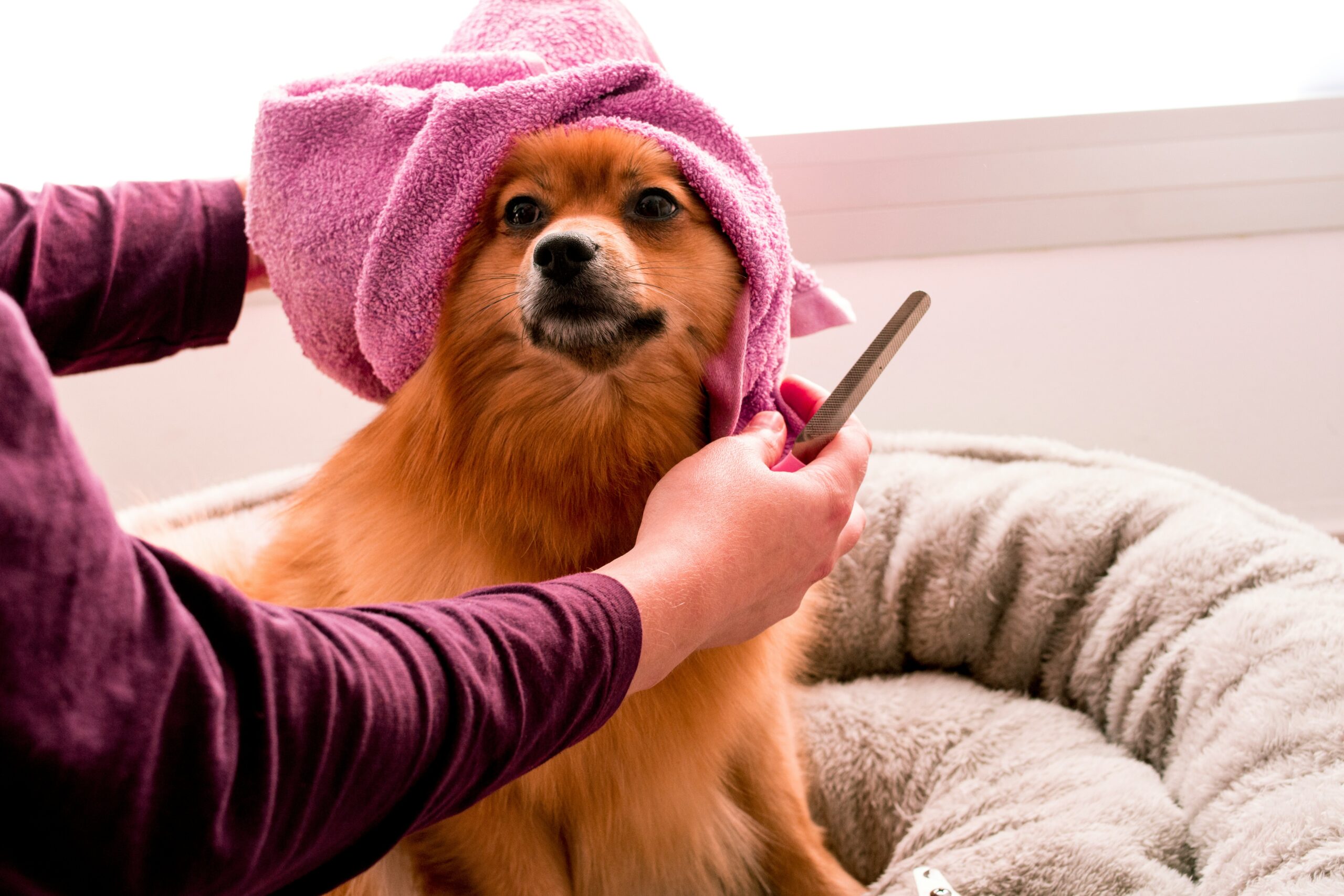How Often Should You Groom Your Pet?
Regular pet grooming is essential for maintaining your pet’s health and happiness. However, the frequency of grooming can vary depending on the type of pet, their breed, and their individual needs. Here’s a guide on how often you should groom your pet to keep them looking and feeling their best.
Importance of Pet Grooming
Benefits of Regular Grooming
Pet grooming is not just about keeping your pet looking good; it also has several health benefits, including:
- Preventing matting and tangles in fur
- Reducing shedding and controlling allergies
- Detecting early signs of skin issues, parasites, or infections
- Maintaining healthy skin and coat
- Promoting better hygiene and overall well-being
Grooming Frequency by Pet Type
Dogs
Short-Haired Dogs
Short-haired dogs typically require less frequent grooming compared to their long-haired counterparts. A weekly brushing and a bath every 1-3 months are usually sufficient. However, some breeds may need more frequent bathing due to their activity levels or skin conditions.
Long-Haired Dogs
Long-haired dogs need more regular grooming to prevent matting and tangles. Brush their fur daily and give them a bath every 4-6 weeks. Regular trims are also essential to maintain their coat length and health.
Cats
Short-Haired Cats
Short-haired cats are generally low-maintenance when it comes to grooming. Weekly brushing helps reduce shedding and hairballs. Most cats groom themselves effectively, so baths are rarely needed unless they get particularly dirty or have skin issues.
Long-Haired Cats
Long-haired cats require more attention to keep their coats free of tangles and mats. Brush them daily and bathe them every few months if necessary. Regular grooming can also help reduce the frequency of hairballs.
Grooming Routine Essentials
Brushing
Brushing your pet’s fur is a fundamental part of grooming. It helps remove loose fur, dirt, and debris, while also distributing natural oils that keep the coat healthy.
Tips for Brushing:
- Use the right brush for your pet’s coat type.
- Be gentle to avoid hurting your pet.
- Make it a positive experience with treats and praise.
Bathing
Bathing keeps your pet clean and can help control odors and skin conditions. Use a pet-friendly shampoo and follow with a conditioner if your pet has dry or long fur.
Tips for Bathing:
- Use lukewarm water and avoid getting water in their ears.
- Rinse thoroughly to remove all shampoo residue.
- Dry your pet completely to prevent them from getting cold.
Specialized Grooming Needs
Nail Trimming
Regular nail trimming prevents overgrown nails, which can cause pain and discomfort. Aim to trim your pet’s nails every 3-4 weeks.
Tips for Nail Trimming:
- Use pet-specific nail clippers.
- Avoid cutting into the quick (the sensitive part of the nail).
- If unsure, seek professional help from a groomer or vet.
Ear Cleaning
Cleaning your pet’s ears helps prevent infections. Check their ears weekly and clean them as needed using a vet-recommended ear cleaner.
Tips for Ear Cleaning:
- Use a cotton ball or pad; avoid cotton swabs.
- Gently wipe the outer part of the ear.
- Look for signs of infection like redness or foul odor.
Conclusion
Regular grooming is crucial for your pet’s health and well-being. By understanding your pet’s specific grooming needs and maintaining a consistent routine, you can keep them looking and feeling their best. Whether you handle grooming at home or seek professional services, the key is to make grooming a regular part of your pet care routine.








One Comment